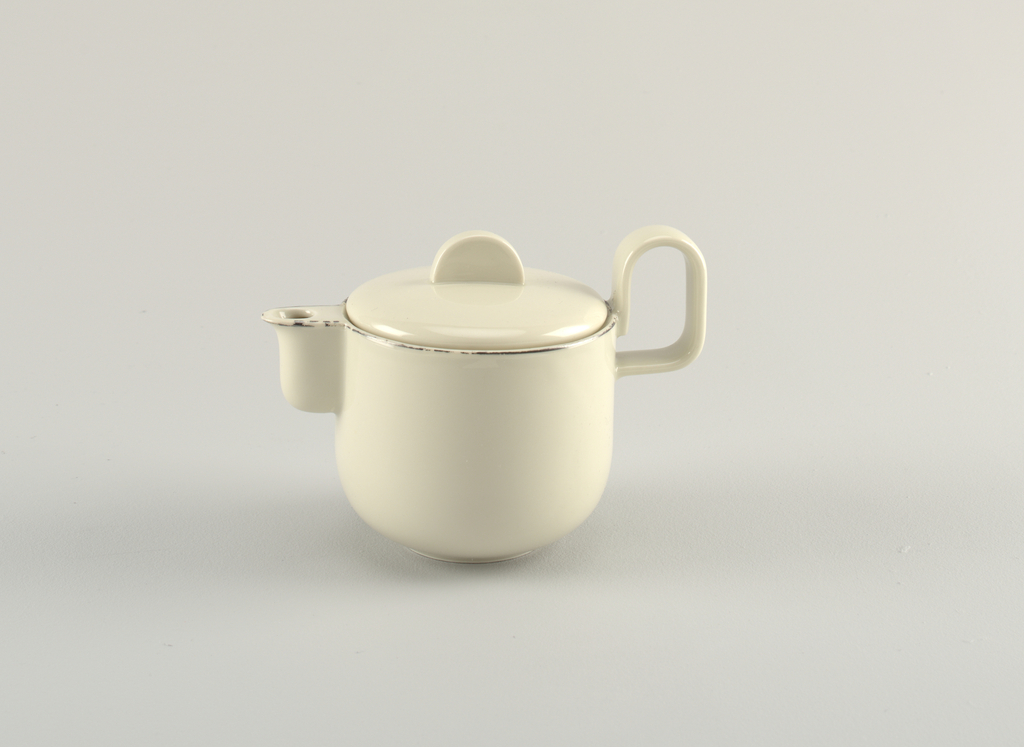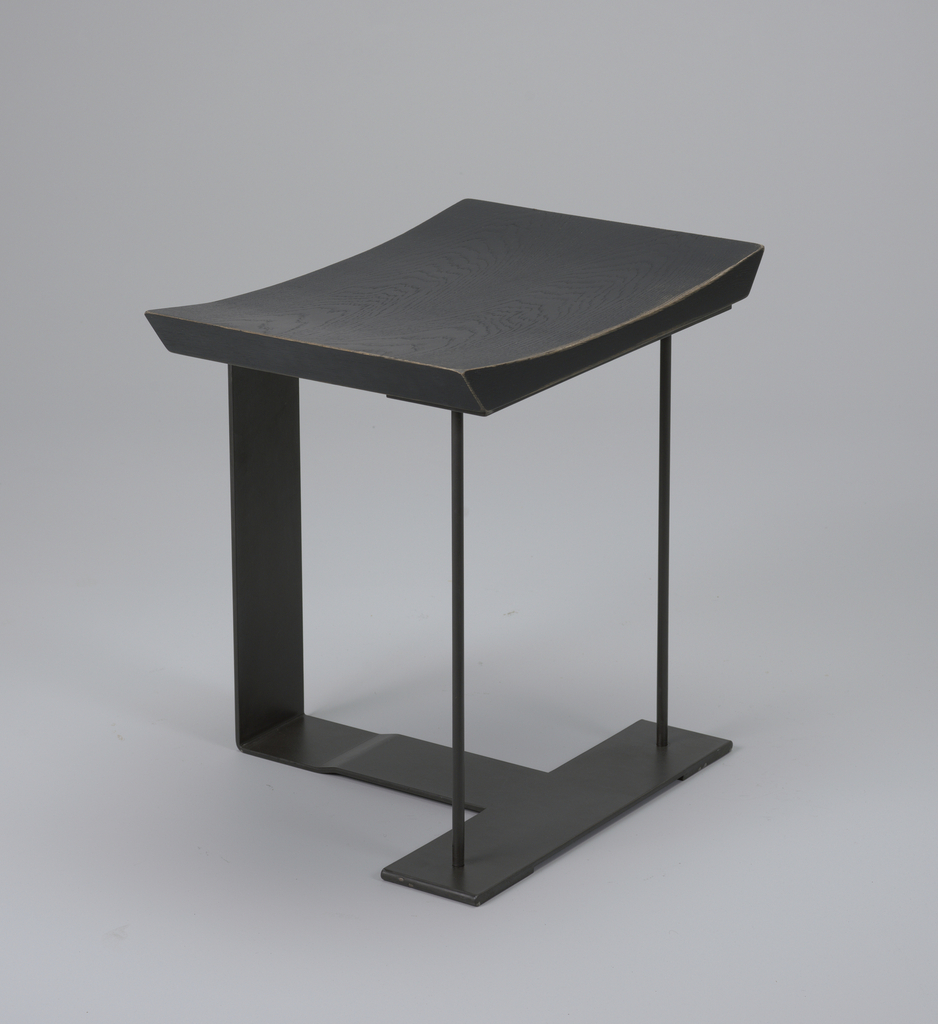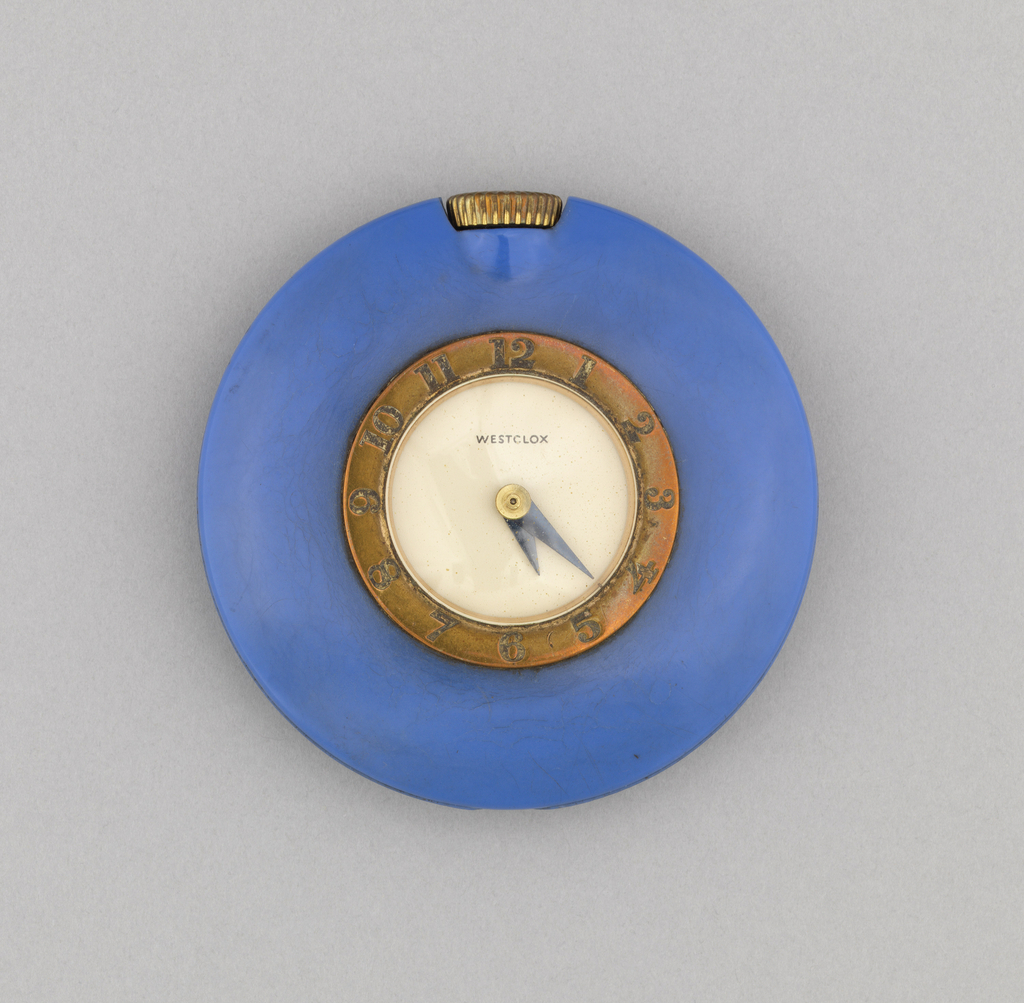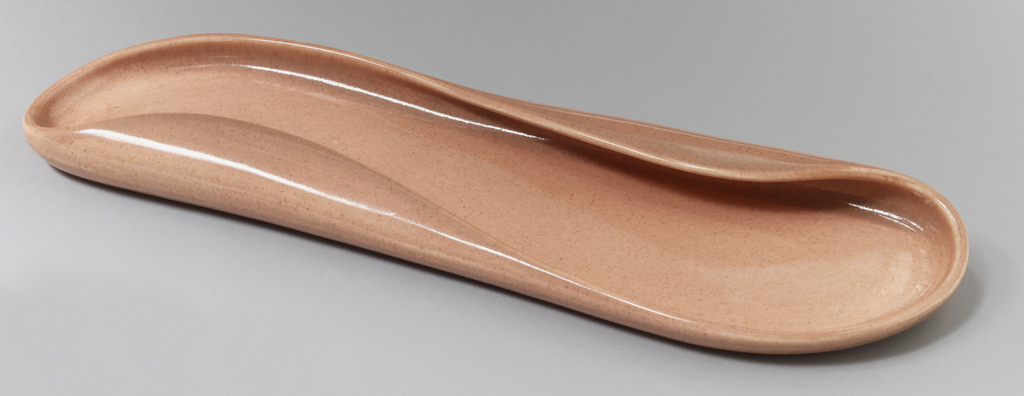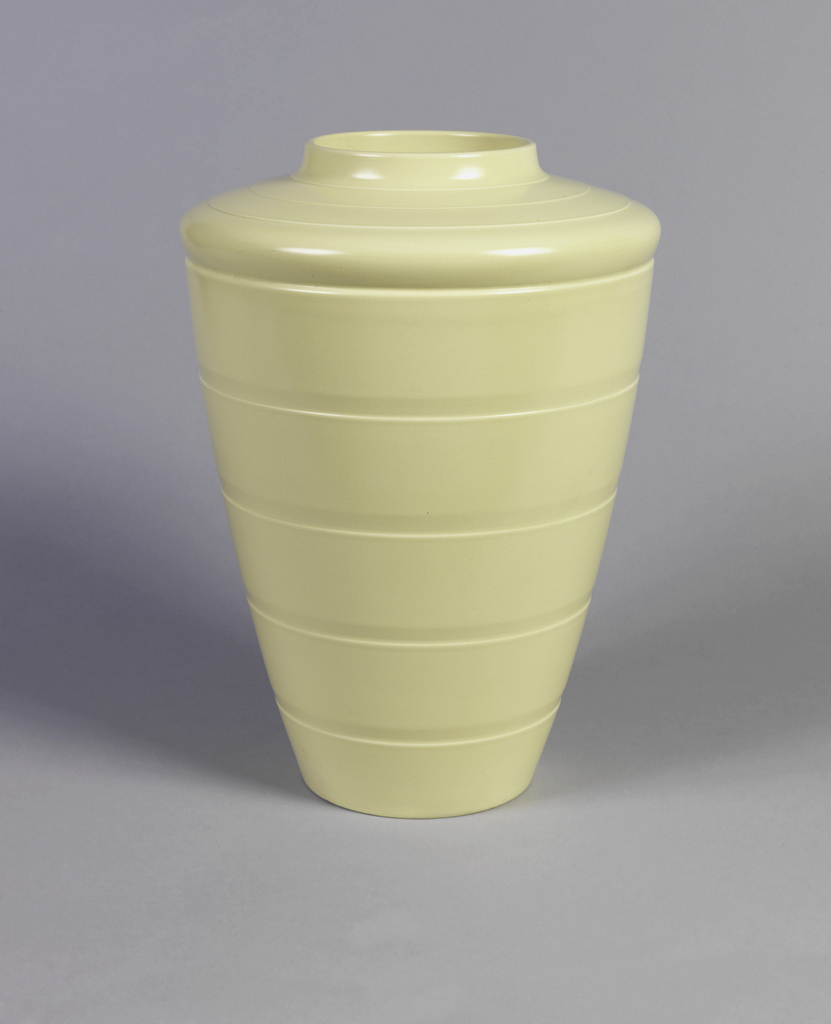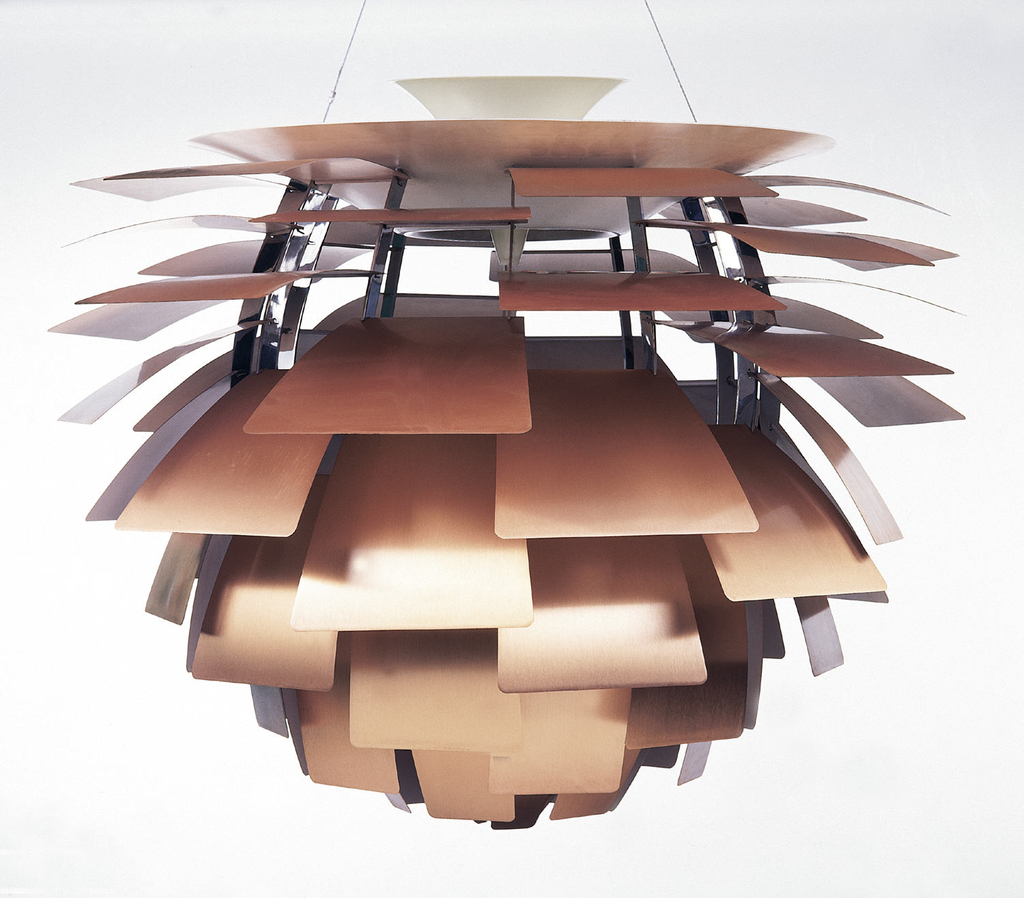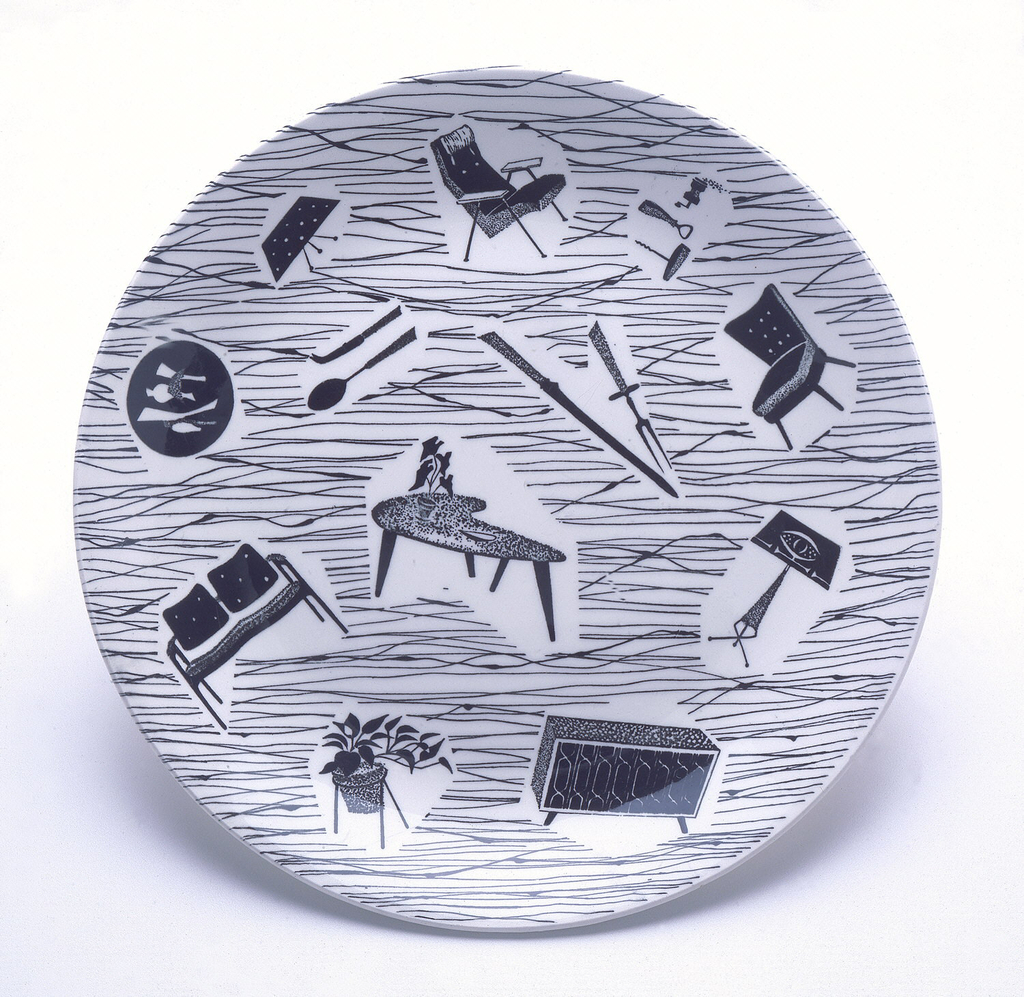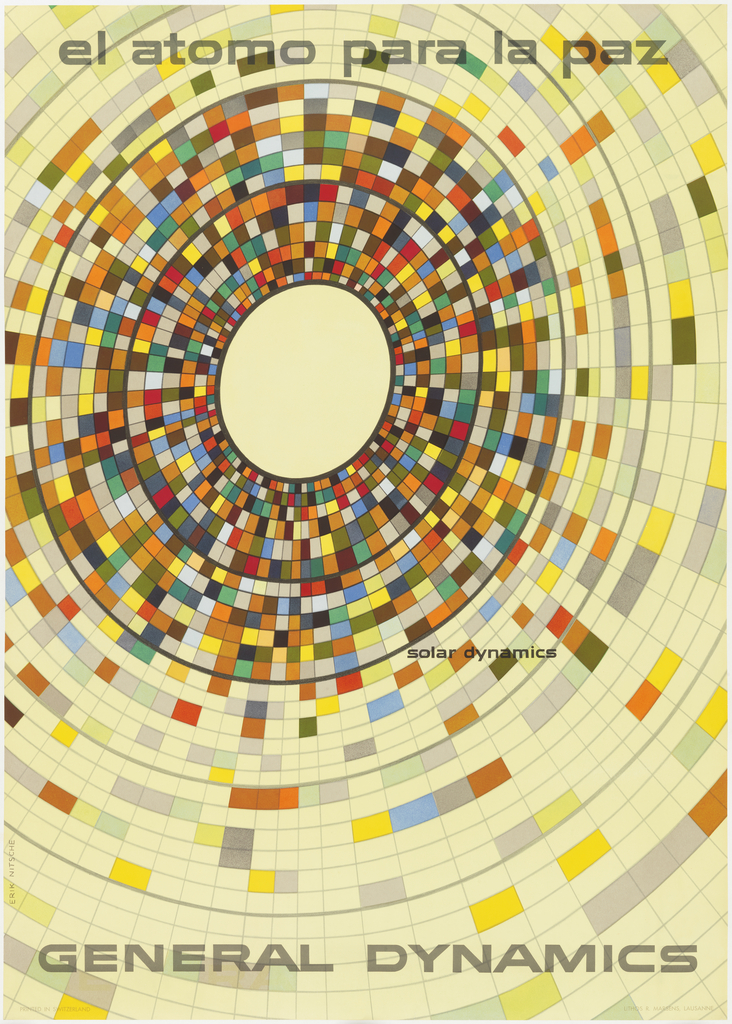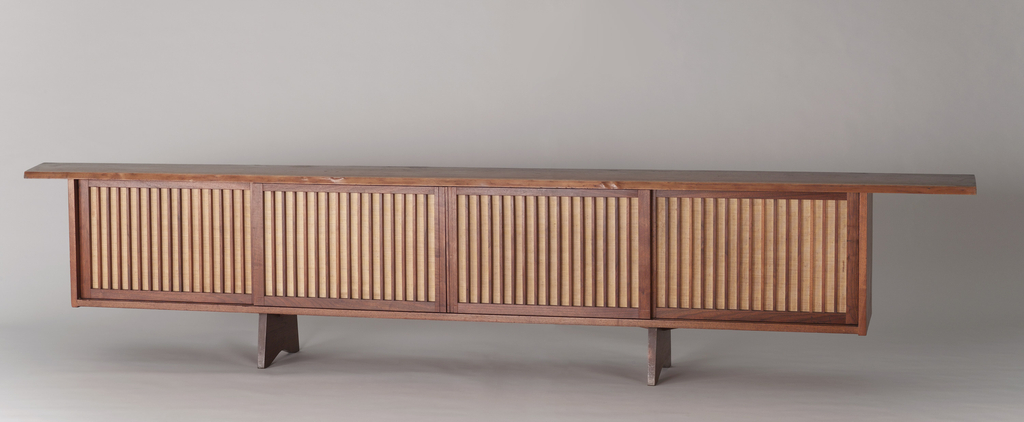Functionalism is the idea that form should follow function; objects should be designed simply, honestly, and directly. [1] It should be immediately clear to a viewer and a user what the object is and how to use it. Functionalist objects are primarily domestic objects, which makes this milk jug an example of Functionalism in inter-war...
We can define as “rare” an artist whose work is hard to reach or to see, because there are only few creations that remain from him, and because the tracks that could explain most of them are lost. Trying to reach them becomes a true quest for the art lover. Pierre Chareau (1883-1950) was such...
This handbag watch, introduced in 1933 by the Westclox division of the General Time Instruments Corporation, offered the busy modern woman a portable, fashionable and discreet way to manage her time. [1] An alternative to wearing a wristwatch and about the size of a man’s pocket watch, this timepiece was large enough to be easily found...
Russel Wright’s massively popular American Modern Dinnerware line remained in production for 20 years—from 1939 to 1959—but that was only after Wright spent two years prodding reluctant manufacturers to mass-produce his unconventional ceramics. The line was a departure from everything that design, and tableware in particular, represented in prior years. Instead of restrained and formal,...
This austere vase embodies nearly the exact opposite of Wedgwood’s well-known decorative aesthetic. Founded in 1759, the firm developed a sophisticated earthenware, often either black to imitate ancient Greek ceramics, or blue with relief decoration featuring neoclassical husks, swags of flowers and pastoral scenes. Early wares made of this material were cheaper than porcelain, but...
Poul Henningsen’s childhood was illuminated by the glow of gas lamps. When electricity arrived in his small Danish hometown and left his neighbor’s windows ablaze with the stark glare of electric light bulbs, Henningsen began to grapple with a design quandary that would come to define his entire career. He was determined to calm the...
After World War II, design boomed in Europe. Colors were brighter, lines more dynamic and materials more industrial—affordable modernism emerged to feed thriving consumers in the 1950s. The now iconic Homemaker tableware line started as a challenge for young English designer Enid Seeney. She was tasked with creating an “all-over” pattern for fashionable rimless plates....
The year is 1955, and Cold War tensions have begun to escalate. General Dynamics is a newly formed parent company overseeing eleven manufacturers, producing cutting edge technology for the defense of the United States. The company is capitalizing on the American policy of nuclear deterrence, but John Jay Hopkins, General Dynamics’ president, wants a graphic...
One of the twentieth century’s most renowned furniture makers, George Nakashima (1905–1990) is remembered for his reverence for natural materials. With its silky, nuanced grain and soft, contoured edges, this massive sideboard embodies his profound interest in the organic expressiveness of wood. Nakashima was born in 1905 in Spokane, Washington to first-generation Japanese immigrants. After earning a master’s degree in architecture...
